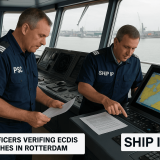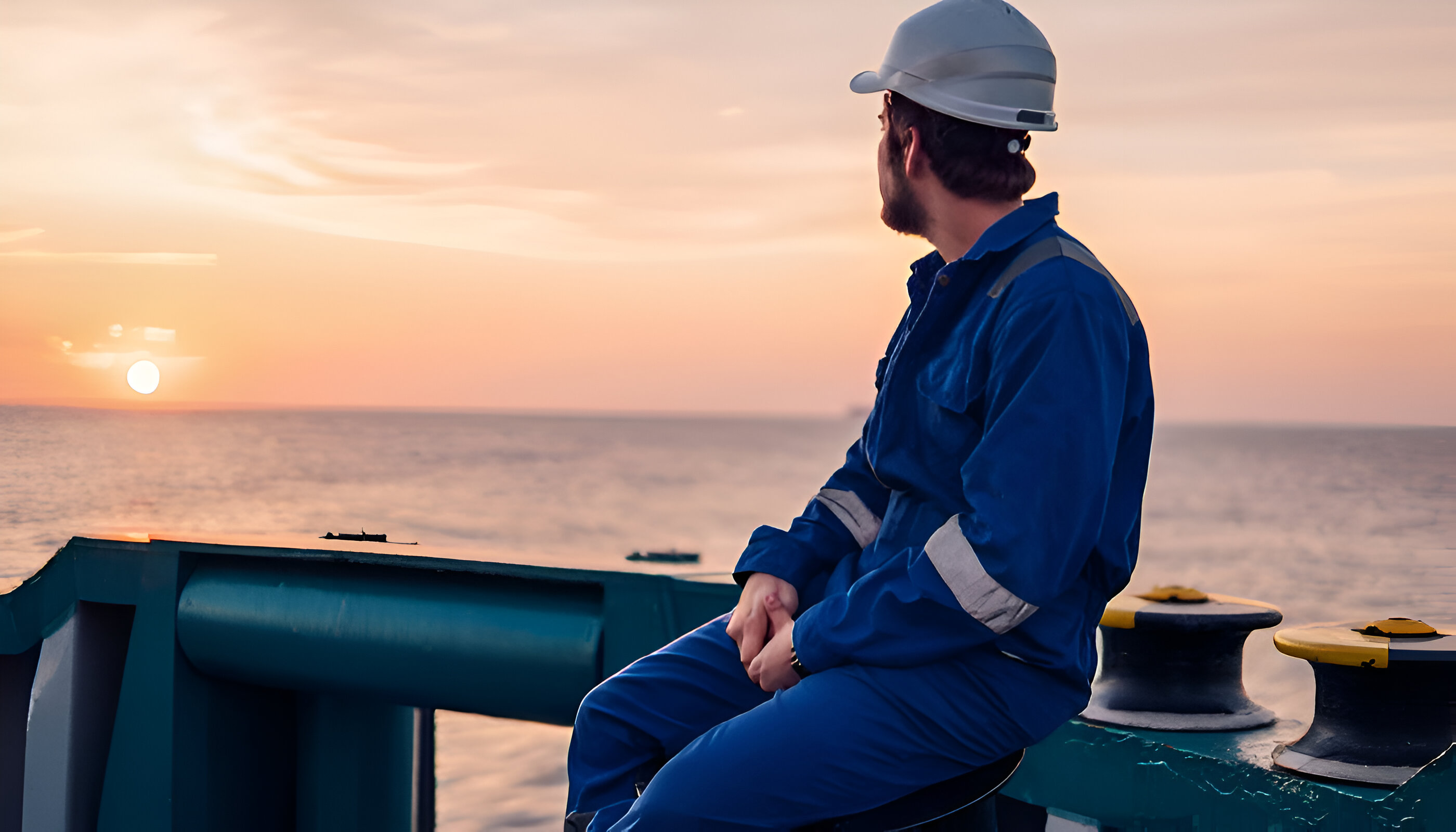The EU Ship Recycling Regulation: Completing your IHM during COVID-19
July 9, 2020 Inventory of Hazardous Materials (IHM)
The EU Ship Recycling Regulation (the “EU Regulation”) was adopted in 2013 and is in essence an early implementation in the EU of the Hong Kong Convention for the safe and environmentally sound recycling of ships (adopted in 2009); both of which aim to reduce the negative impacts on human health and the environment arising from the recycling of end of life ships. Under the EU Regulation, from 31 December 2020 all EU flagged and non-EU flagged vessels that call at a port or anchorage in an EU member state must have an Inventory of Hazardous Materials (“IHM”) on board.
There is anecdotal evidence to suggest that of the approximately 35,000 vessels that will be required to comply with the EU Regulation by 31 December 2020, almost a third have not yet begun the work required to prepare and have certified an IHM. In addition to the global COVID-19 restrictions preventing site visits and in-person inspections to carry out the work required to compile IHMs, the sheer volume of vessels that will require expert assistance in this area means the risk of vessels failing to comply with the EU Regulation by the end of this year is very real.
While steps are being taken to address these concerns, including remote IHM surveys, it remains to be seen whether this will be enough.
The EU Regulation
The EU Regulation has come into force gradually since its adoption seven years ago. Articles 4 and 5 of the EU Regulation deal with the control of hazardous substances and set out the requirement for an IHM generally. The general concept behind the IHM centres on the need to reduce harm to the environment and worker exposure to hazardous materials in shipbreaking yards; issues which have been well publicised recently.
While the requirement for an IHM for all new EU flagged vessels came into force on 31 December 2018, from 31 December 2020, the EU Regulation has far wider applicability and, specifically, the IHM requirement will apply to all other EU flagged vessels and any non-EU flagged vessels that call at a port or anchorage in an EU member state.
These obligations under Art. 4 and 5 are reinforced through additional requirements in the EU Regulation including:
• “Initial”, “Renewal”, and “Additional” Surveys to be undertaken throughout the vessel’s operational life in order to monitor compliance with the Regulation (including the IHM requirement);
• Member States being empowered to certify compliance with the EU Regulation; and
• A Final Survey to be undertaken prior to the vessel being taken out of service.
It is the responsibility and obligation of the shipowners to ensure that their vessels comply with the EU Regulation.
Practical considerations: what is required?
In broad terms, an IHM is a list setting out vessel-specific information as to the hazardous materials onboard (including their location and quantities). Under Art. 5(5) of the EU Regulation, an IHM shall consist of three parts:
• Materials contained in the vessel itself, or equipment (Part I);
• Operationally generated waste (Part II); and
• Stores onboard the vessel (Part III).
The International Maritime Organisation (“IMO”) Guidelines provide further, more specific detail in relation to what materials must be recorded in the IHM. The EU Regulation requires that Part I be prepared and certified for new vessels and those already in operation and shall be maintained during the vessel’s operational life. Parts II and III need only be prepared when the vessel is to be recycled, in accordance with the other requirements of the EU Regulation.
The IMO Guidelines provide further detail about the requirements for developing the IHM. The preparation of the IHM for new ships seems, on the face of it, more straightforward as it simply requires declarations from suppliers at an early design and construction stage (in relation to Part I) as to the hazardous material content of products used. However, experience of compliance with similar requirements in other established EU waste law, particularly ROHS (Restriction of the Use of Certain Hazardous Substances in Electronic and Electrical Equipment), suggests that establishing materials used in the production of many thousands of components is likely to be a significant endeavour.
This difficulty will be compounded for operational ships, where materials are already installed and will require visual and sampling checks by IHM service providers (and where the original supplier of some components may no longer exist). The inspection process depends largely on the size and type of the vessel, but it is generally estimated to take at least three months to prepare and certify an IHM.
Current estimates indicate that there are approximately 35,000 vessels which need to comply with the EU Regulation from 31 December 2020 and of that number, approximately a third have yet to begin the work required to demonstrate compliance.To complicate the picture further, current global restrictions arising out of the COVID-19 pandemic present real hurdles to shipowners looking to finalise their IHM for certification, ahead of the 31 December 2020 deadline.
In response to these mounting concerns, on 20 April 2020, the International Association of Classification Societies (“IACS”) issued a letter to the wider industry relating to the COVID-19 pandemic. Specifically, in response to the industry suggestion that IHM surveys be undertaken remotely subject to an extended survey during the first year, IACS responded “The initial desktop review may be performed remotely and followed up by onboard verification at a later date, subject to Flag Administration approval”.
Additionally, it was announced in May 2020 that US classification society ABS had expanded its offering to include an IHM remote survey. Through a web-based platform, users can submit a survey request together with all supporting information, including reports, photos and videos, which is then reviewed by an ABS surveyor in order for a “non-attendance verification” of the survey to be made.¹¹
We are aware that a number of trade and industry bodies have written to the EU Commission requesting an extension of the deadline for compliance to allow for the unprecedented delays caused by COVID-19. While it is quite possible that a delay may be granted there is of course no guarantee of this, and it would be unwise to rely upon it.
Conclusion
The delay caused by COVID-19 is unprecedented but it does only represent a six-month period in the seven years since the adoption of the EU Regulation; the direction of travel towards safer environmental and health and safety practices in the maritime sector and more robust regulation of the same has been clear for some time. It remains to be seen how the EU Commission will respond to requests to extend the current 31 December 2020 deadline and, in the interim, it would be prudent for shipowners to continue to move forward with plans to ensure compliance with the EU Regulation, including considering remote inspections as alternatives to in-person site visits and inspections.
There are obvious limitations in relying on a virtual inspection to meet the IHM compliance of a vessel, and these will no doubt be reflected in the assurance and warranties provided by the service providers. Additionally, it remains to be seen how those inspecting IHMs will treat significant discrepancies between a ‘virtual’ IHM and the vessel itself. However, in view of the fact that there is now less than six months to comply with the EU Regulation, it may be the best means available of demonstrating compliance in the short term.
Source: Watson Farley & Williams LLP.





